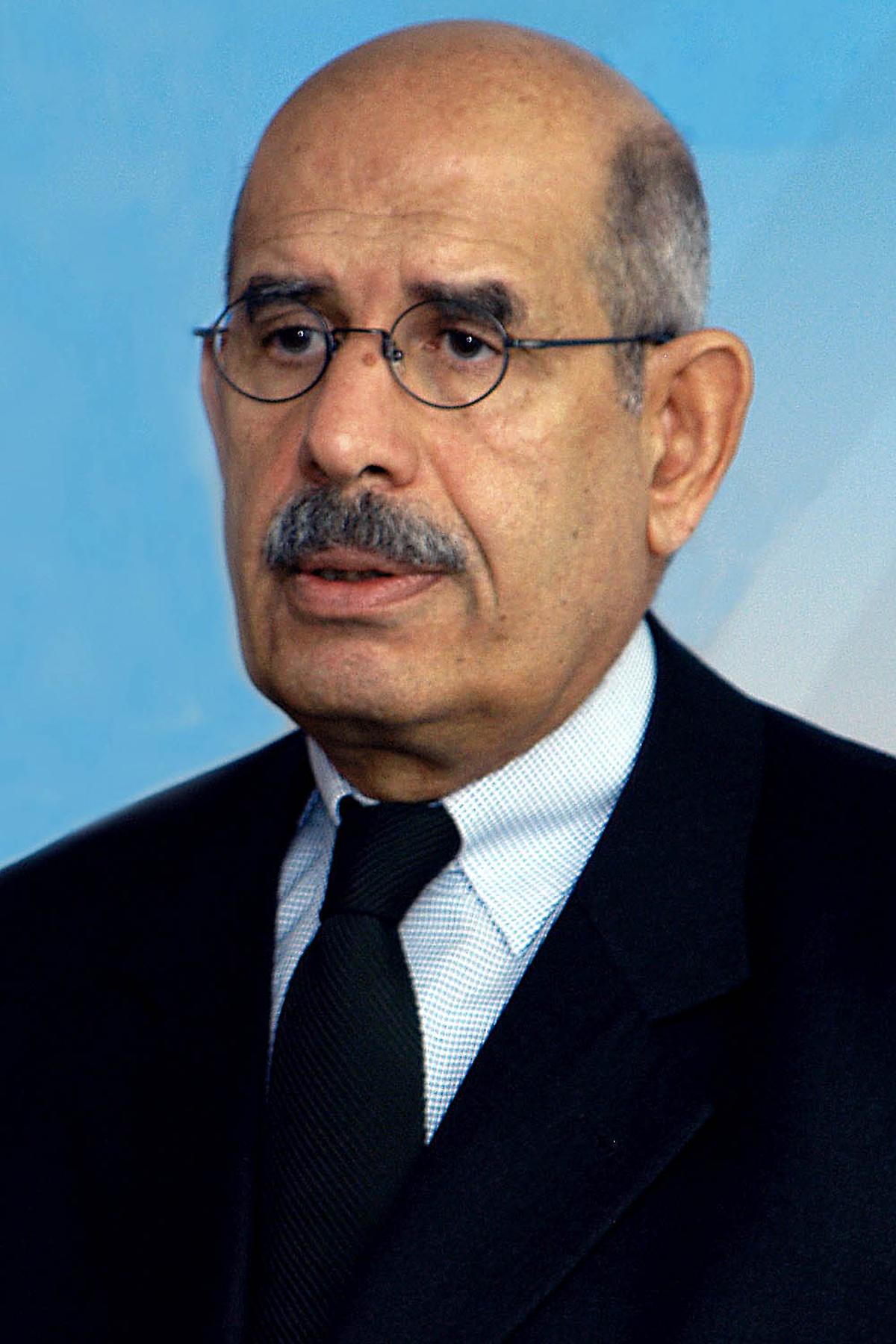Questions:
1. ‘Proliferation’ is the term used to describe a condition in which countries that aren’t recognised as ‘Nuclear Weapon States’ by the X treaty acquire nuclear weapons. Name X.
2. Name the U.S. representative to the U.N. Atomic Energy Commission who in 1946 floated a plan proposing to destroy the U.S. nuclear arsenal if the world’s countries set up an “international atomic development authority” and a system to automatically sanction countries that tried to develop new nuclear weapons.
3. Name the three countries that are considered “threshold” states under the X treaty (in Q1) because they aren’t part of this treaty but either have or are strongly believed to have the ability to quickly assemble and deploy nuclear weapons.
4. A thorny issue in safeguarding nuclear materials to make atomic weapons is ____-___ technologies, which are technologies that can be used for both civilian and military ends. Fill in the blanks.
5. Name the 1967 treaty that prohibits countries from placing nuclear weapons in orbit around the earth.
Visual:
In 2005, this man, as the then director-general of an autonomous U.N. body called Y, won the Nobel Peace Prize for their “efforts to prevent nuclear energy from being used for military purposes”. Name him and Y.
Answers:
1. Treaty on the Non-proliferation of Nuclear Weapons
2. Bernard Baruch
3. India, Pakistan, Israel
4. Dual-use
5. Outer Space Treaty
Visual: Mohamed ElBaradei, International Atomic Energy Agency











